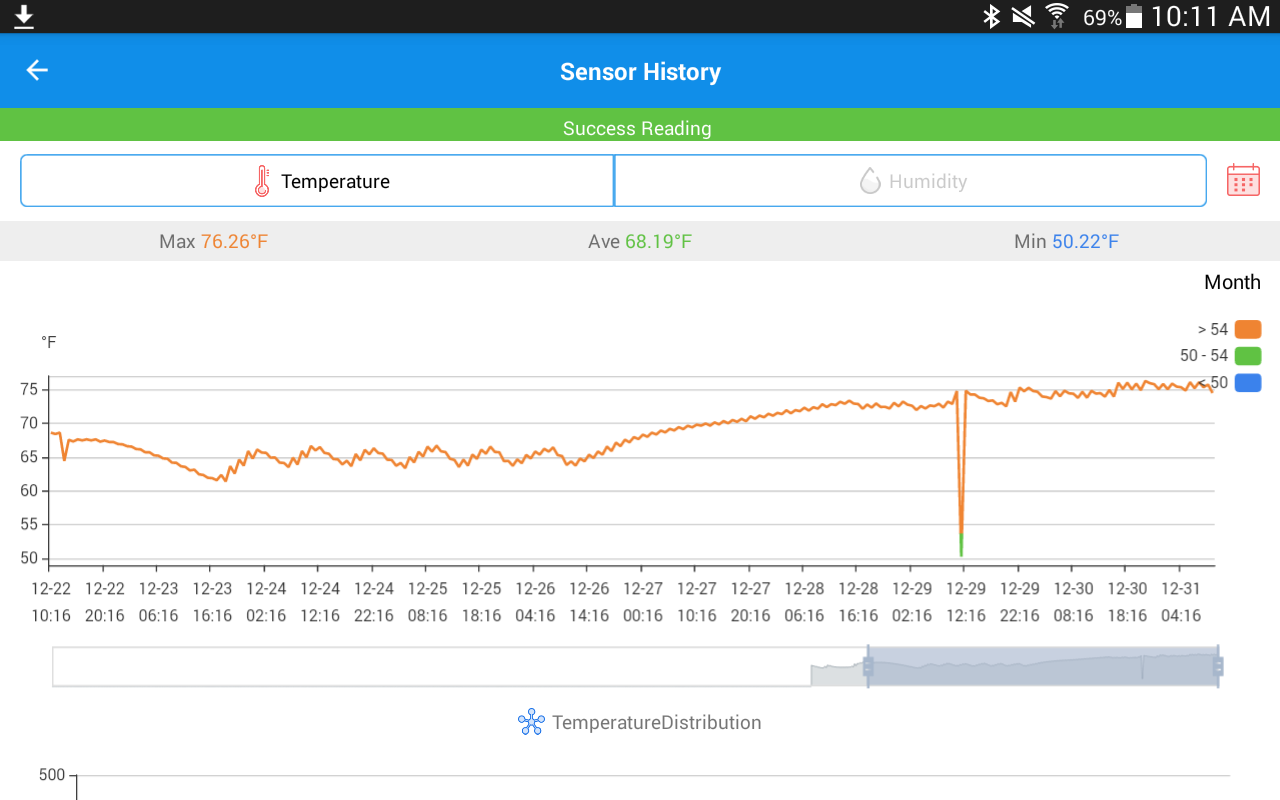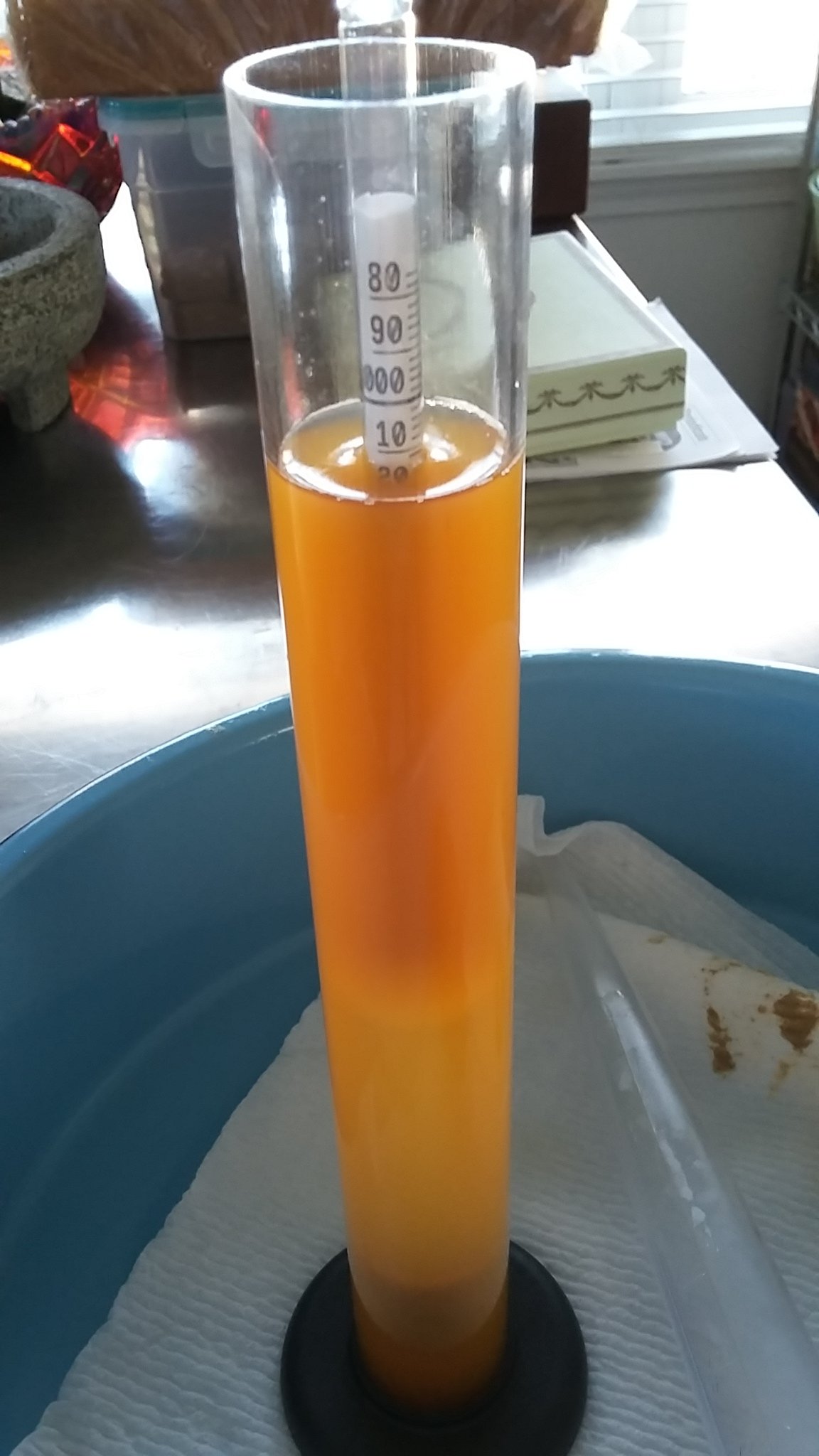I've been playing with the recipe calculator at brewer's friend and would appreciate some feedback.
I'm hoping for something substantial with lots of belgiany esters, and malty with some dried fruit character. Am I trying to do too much with one recipe? My first belgian was a saison that came out good, but a bit too dry and bitter. Hoping this one will be a bit fuller in flavor with some residual sugars for a sweeter finish. I'm not into roast flavors and this is intended to be a reddish amber.
Brew Method: BIAB
Style Name: Belgian Dubbel
Boil Time: 60 min
Batch Size: 6 gallons (fermentor volume)
Boil Size: 7 gallons
Boil Gravity: 1.063
Efficiency: 75% (brew house)
STATS:
Original Gravity: 1.073
Final Gravity: 1.019
ABV (standard): 7.11%
IBU (tinseth): 16.2
SRM (morey): 16.36
FERMENTABLES:
11.25 lb - German - Pilsner (74.5%)
0.75 lb - Belgian - Aromatic (5%)
1 lb - German - Melanoidin (6.6%)
0.3 lb - German - Acidulated Malt (2%)
0.3 lb - Belgian - Special B (2%)
1.5 lb - Belgian Candi Sugar - Amber/Brown (60L) (9.9%) @15
HOPS:
2 oz - Hallertau Hersbrucker, Type: Leaf/Whole, AA: 2.8, Use: Boil for 60 min, IBU: 14.41
0.5 oz - Hallertau Hersbrucker, Type: Leaf/Whole, AA: 2.8, Use: Aroma for 15 min, IBU: 1.79
MASH GUIDELINES:
1) Infusion, Temp: 157 F, Time: 60 min
YEAST:
Wyeast - Belgian Ardennes 3522
Starter: No
Form: Liquid
Attenuation (avg): 74%
Flocculation: High
Optimum Temp: 65 - 85 F
Fermentation Temp: 75 F
Planning to ferment at 75-80 F for 14 days, then crash to 39 F for 3 days then bottle.
The melanoidin and aromatic are to add mouthfeel, maltiness and aid head retention. The color is a bit dark for the style, but I'm hoping for some raisiny notes from the special B.
I'm hoping for something substantial with lots of belgiany esters, and malty with some dried fruit character. Am I trying to do too much with one recipe? My first belgian was a saison that came out good, but a bit too dry and bitter. Hoping this one will be a bit fuller in flavor with some residual sugars for a sweeter finish. I'm not into roast flavors and this is intended to be a reddish amber.
Brew Method: BIAB
Style Name: Belgian Dubbel
Boil Time: 60 min
Batch Size: 6 gallons (fermentor volume)
Boil Size: 7 gallons
Boil Gravity: 1.063
Efficiency: 75% (brew house)
STATS:
Original Gravity: 1.073
Final Gravity: 1.019
ABV (standard): 7.11%
IBU (tinseth): 16.2
SRM (morey): 16.36
FERMENTABLES:
11.25 lb - German - Pilsner (74.5%)
0.75 lb - Belgian - Aromatic (5%)
1 lb - German - Melanoidin (6.6%)
0.3 lb - German - Acidulated Malt (2%)
0.3 lb - Belgian - Special B (2%)
1.5 lb - Belgian Candi Sugar - Amber/Brown (60L) (9.9%) @15
HOPS:
2 oz - Hallertau Hersbrucker, Type: Leaf/Whole, AA: 2.8, Use: Boil for 60 min, IBU: 14.41
0.5 oz - Hallertau Hersbrucker, Type: Leaf/Whole, AA: 2.8, Use: Aroma for 15 min, IBU: 1.79
MASH GUIDELINES:
1) Infusion, Temp: 157 F, Time: 60 min
YEAST:
Wyeast - Belgian Ardennes 3522
Starter: No
Form: Liquid
Attenuation (avg): 74%
Flocculation: High
Optimum Temp: 65 - 85 F
Fermentation Temp: 75 F
Planning to ferment at 75-80 F for 14 days, then crash to 39 F for 3 days then bottle.
The melanoidin and aromatic are to add mouthfeel, maltiness and aid head retention. The color is a bit dark for the style, but I'm hoping for some raisiny notes from the special B.
Last edited:









